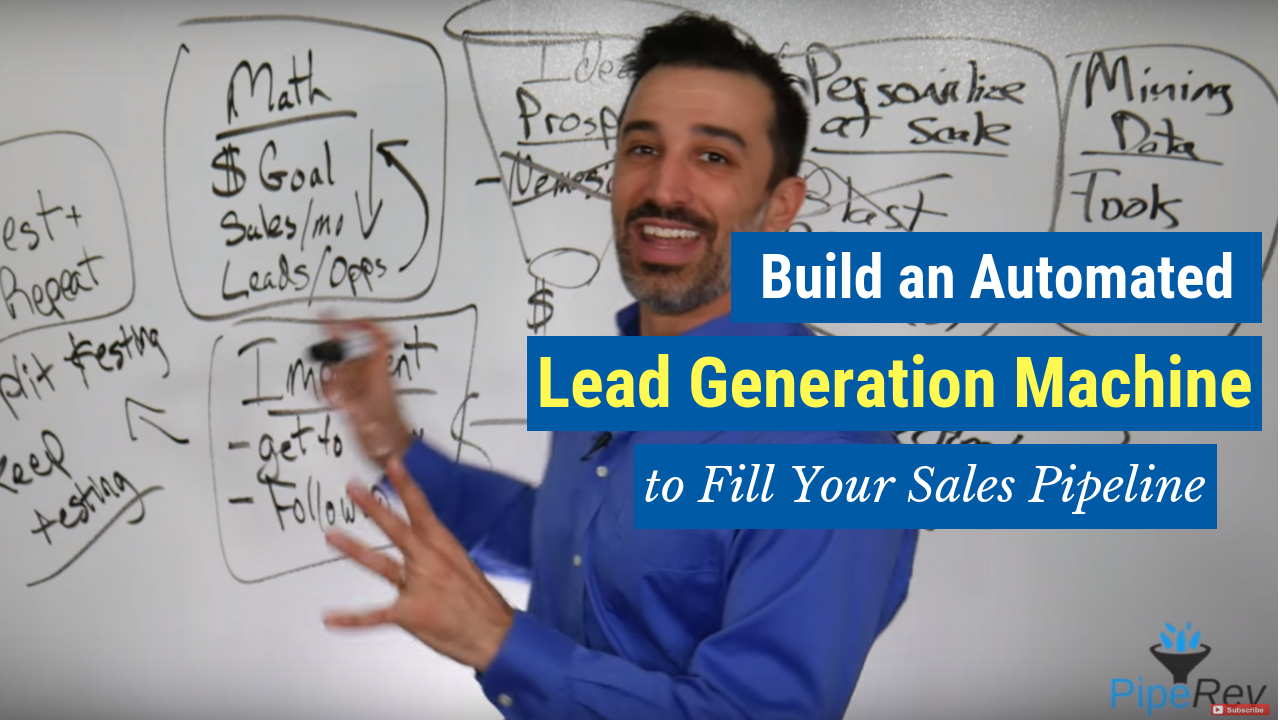
Have you ever thought to yourself, “If we could just have a more consistent flow of good sales opportunities into our pipeline, our team would be so much better off?” Chances are, you have.
In the video below, I’m going to walk you through the actual process of how we help clients generate more pipeline than they’ve ever had before.
You can model these exact same steps to build an automated lead generation machine to fill your sales pipeline at your own organization. Check it out:
Automated Lead Generation Step #1: Understand the math of exactly what you need to accomplish.
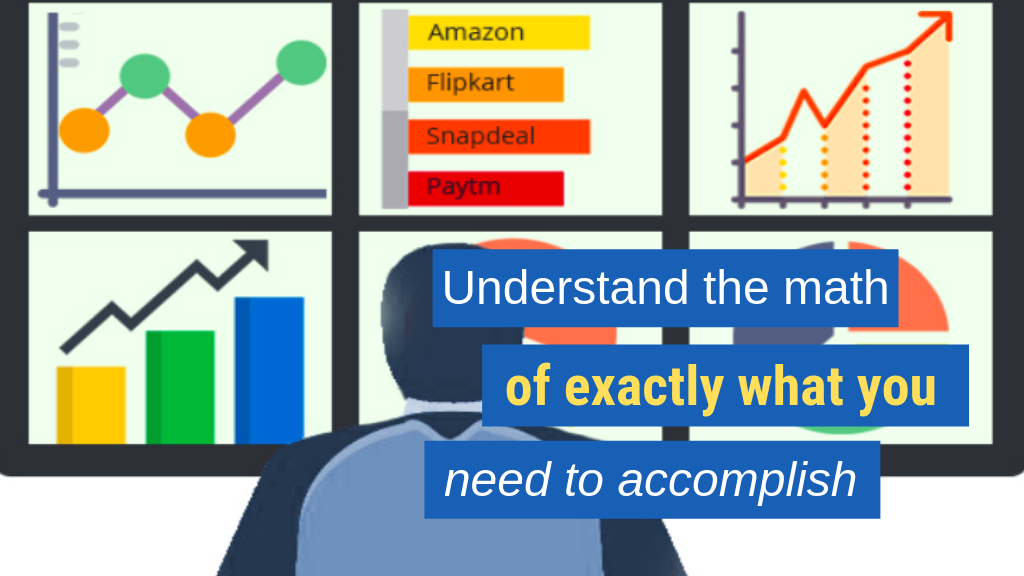 It all starts with the math. Before you can build your automated lead generation machine, you need to figure out your actual sales goal — in dollars. Once you know your sales goal, you must then do the math to understand how many sales per month it will require.
It all starts with the math. Before you can build your automated lead generation machine, you need to figure out your actual sales goal — in dollars. Once you know your sales goal, you must then do the math to understand how many sales per month it will require.
Then, once you know how many actual sales you’ll need to make per month, figure out how many leads per month are required in order to actually hit that number of sales.
Understanding this math is key. You may be thinking, “Marc, this is really elementary,” but so many organizations don’t understand how many leads or appointments they need to have in order to ultimately hit their sales goals. Without this information, you simply can’t build a successful automated lead generation campaign.
Make sure you understand the math of exactly what you need to accomplish before doing anything else.
Automated Lead Generation Step #2: Target your ideal prospect.
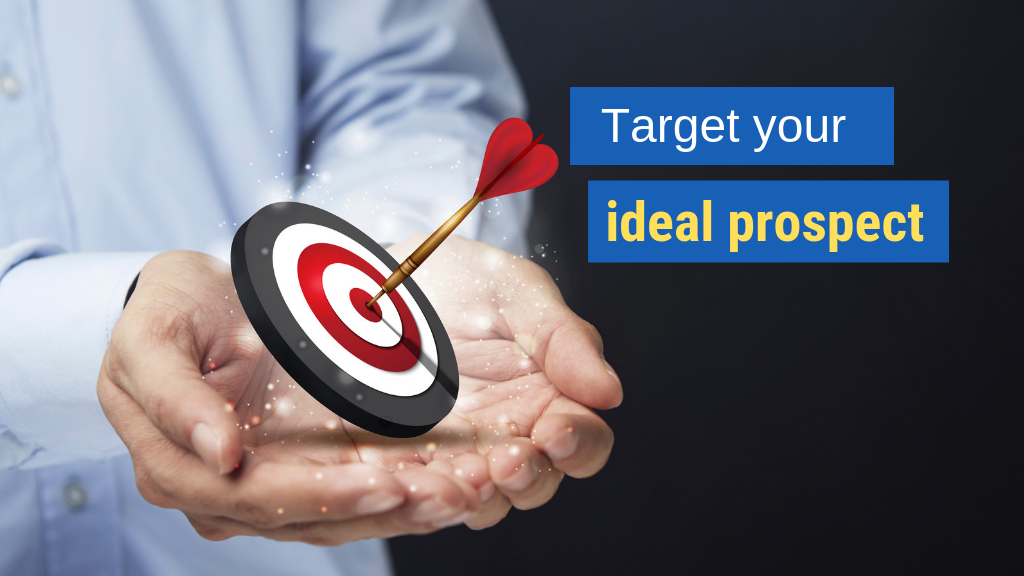
Who exactly do you want to be talking to? Who do you want to be having those prospecting conversations with? And who do you ultimately want as your clients? Answering these questions is key to targeting your ideal prospect, which is the foundation of any successful automated lead generation campaign.
Another way of targeting your ideal prospect is to identify your nemesis. Identifying your nemesis — in other words, the prospect you don’t want to do business with — is crucial to helping you focus on who you want to do business with. Your nemesis could be an actual person, it could be a type of company, or it could be a particular location. Getting very clear on who you don’t want to do business with is really important.
Some of the questions you want to ask are: Who is this person that we want to be going after — or not going after? What do they do, and what’s their title? Where are they located? Also think about other key factors such as industries, verticals, company size, and revenues. At the end of the day, you want to have a pretty small pool of people who ultimately fit into the category of your ideal prospect.
Narrow down exactly who you want to go after — and who you don’t want to go after — so there’s no wasted energy.
Automated Lead Generation Step #3: Personalize your outreach at scale.

This step is all about creating the most personalized messages for your automated lead generation machine. Your personalized outreach will come to prospects through the form of a cold email or possibly a phone call, ad, or LinkedIn message.
Throughout your automated lead generation campaign, you want your prospects to read your emails, hear your voicemails, or see your ads and LinkedIn messages and think, “Wow, that person did their homework. They really understand my business and what I’m looking for.”
This means avoiding blast emails. Blast emails are really, really bad. Instead, we want to provide a deep level of personalization, whether around the prospect’s personal details, business events, key industry occurrences, new rounds of funding, or anything else that shows you truly understand them.
So how can you personalize that outreach every single time, in a way that’s efficient and doesn’t require tons of time per prospect?
We like to use a two-tier approach. The first tier requires using tools, such as artificial intelligence, algorithms, and cutting-edge list-building services. The second tier is good old-fashioned human research. The key to making your research efficient and effective is to focus on mining the right data. This brings us to the next step.
Automated Lead Generation Step #4: Mine the data.
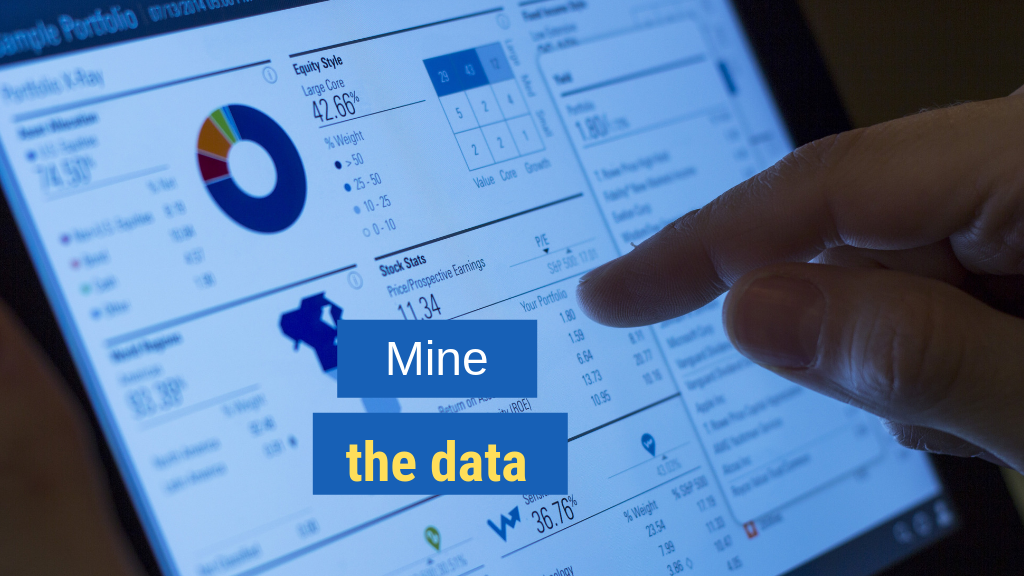 Any automated lead generation campaign will succeed or fail based on the quality of the data. If you just go to a company and buy a lead list, for example, you can’t take that data and drop it right into emails as is — if you do, it’s going to be really clunky.
Any automated lead generation campaign will succeed or fail based on the quality of the data. If you just go to a company and buy a lead list, for example, you can’t take that data and drop it right into emails as is — if you do, it’s going to be really clunky.
Details like company name and prospect title need to be parceled out in order to make sure your emails sound natural and human. For example, you would never send Tim Cook an email referencing Apple Computers, or even Apple, Inc. You would just say Apple. These details are vitally important and you can’t rely on just any service to get you there.
This is why you need a high degree of data quality. The key is to use a suite of different tools and good old-fashioned human research to really clean that personalized data to make sure that when someone is receiving an email from you or your organization they say to themselves, “Wow. This is a really thoughtful personalized email,” when in fact it’s templatized outreach using really high degrees of personalization. This is some powerful stuff.
Automated Lead Generation Step #5: Lay out the prospecting campaign.
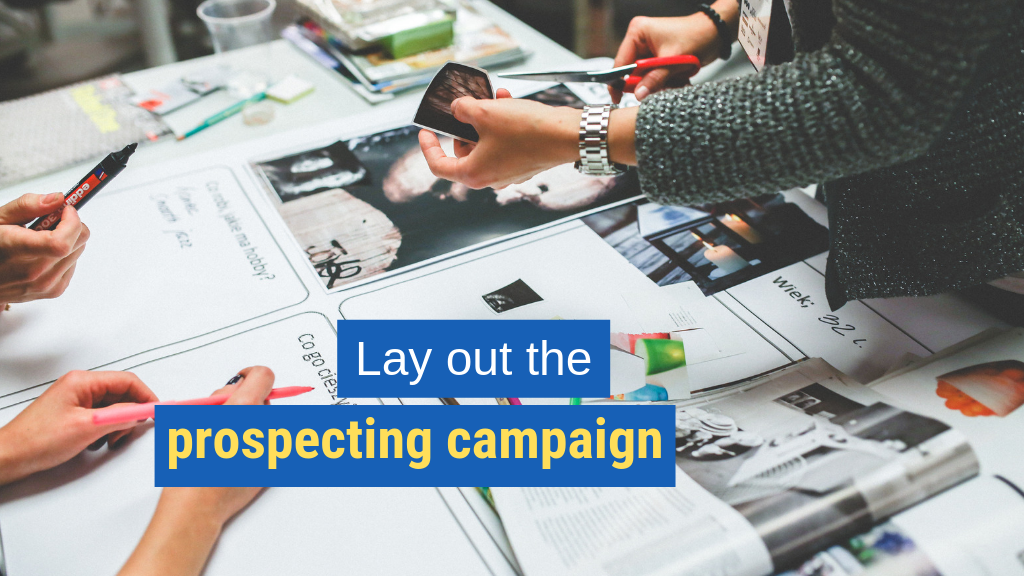
This is where we start to build a truly consistent prospecting approach as the centerpiece of our automated lead generation machine. It’s important to understand all of the steps upfront. For most salespeople, prospecting outreach is pretty inconsistent and haphazard. This is a no-go for automated lead generation.
The key is to plan out a thorough prospecting campaign approach before you start it, understanding every single step that’s going to happen in the whole process. Only then can you focus on making sure that you’re providing real value to prospects at every touch point within the campaign.
A touch point could be a LinkedIn connection request, a message, an ad, or any other kind of outreach. During each of those instances, there needs to be tangible value for the recipient. The prospect needs to think, “These guys are experts. They’ve provided me some real value.” What can you or your organization be offering of value every time you make that outreach?
Lay out your prospecting campaign touch point by touch point, mapping out exactly what you plan to offer your prospects at each point in the campaign. Don’t skip this step. It’s crucial to building a successful automated lead generation machine.
Automated Lead Generation Step #6: Implement the process.
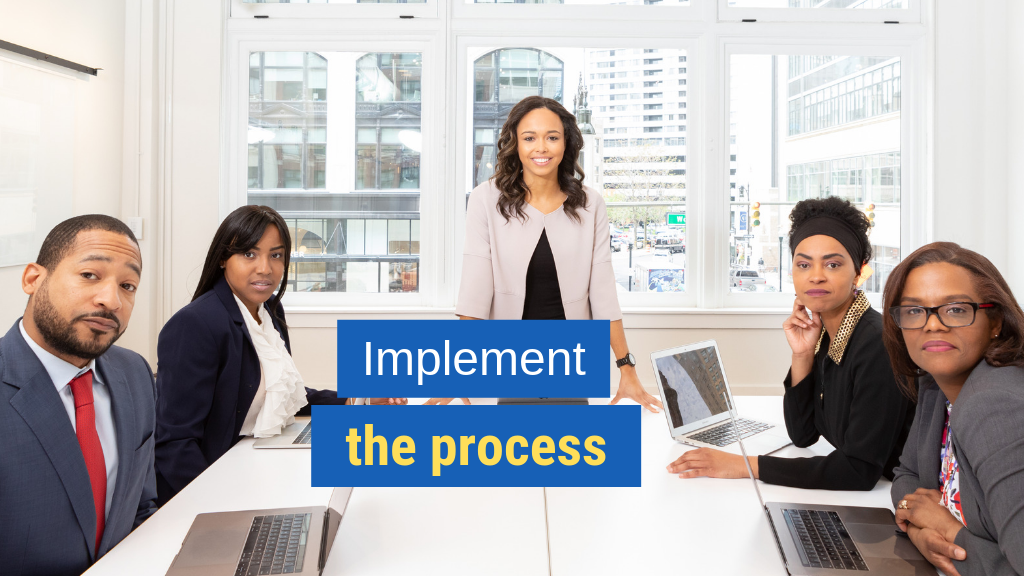
The meat and potatoes of your automated lead generation machine is implementation. This is what organizations hire my agency to do: implement the whole process. But even if you don’t have a lot of resources, you can still implement automated lead generation campaigns yourself. It just takes a lot of time and effort, and there will be some trial and error along the way.
The key here is to figure out what tools work best for you, and use them consistently so that you no longer have to personally manage every aspect of your campaign. This is implementation. Think about things like how your email automation is going out and how you’re connecting to people on LinkedIn. Get those processes in place using automated tools and tweak them until you can rely on them completely.
The same goes for research. There are a million different tools for doing research. Figure out which ones work best for you with the highest level of quality. Pay attention to your technical issues, too, such as deliverability of emails, and find the right tools to handle those problems upfront.
This might sound silly, but we find that a lot of our clients come to us because they’re facing the challenge of getting their emails accepted into prospects’ inboxes. In often turns out that they’re doing some pretty obvious things that cause Google or Outlook algorithms to flag them as spam. And so, as part of your implementation, make sure you’re testing those emails and using the right strategies to avoid obstacles like that.
Implementation also includes establishing a cadence for follow-up outreach. We like to see a cadence of about five to six emails going out to prospects who have been warmed up through Linkedin advertising, because we’re typically in the B2B space. We make sure that those five to six emails are highly personalized and provide real value.
Your follow-up cadence can also include phone calls or other touch points besides emails. You can even mix things up by looking at how many times a certain prospect has opened an email, and tailor your follow-up cadence based on that number — all automatically, of course. My agency uses lead scoring to determine this data and then establish an appropriate follow-up cadence as a key part of implementation.
Automated Lead Generation Step #7: Test, refine, and repeat.

This is huge. Many organizations miss the boat on automated lead generation simply because they don’t test, refine, and repeat. We want to split-test every single thing we’re sending out. On any campaign we’re doing, we test every email with different variations and determine what works. In this way, we’re letting the data tell us what is most effective.
We all start out with some hypotheses of what’s going to be the most effective subject line for an email, or the most effective call to action, or the most effective sales asset to give to a prospect. At my agency, we make bets internally all the time on what’s going to work. Then we split-test everything. We want to make sure the data is making the final decision, and once the data has made the decision, we start to refine — and then we keep testing forever. We never get complacent. What’s working today may not work tomorrow.
 So, there you have it. Now you know the 7 steps to building an automated lead generation machine to fill your sales pipeline.
So, there you have it. Now you know the 7 steps to building an automated lead generation machine to fill your sales pipeline.
Enjoyed this article? Please share away!

Get instant access to our free sales training:
Why Prospects Push Back on Price, Give 'Think-It-Overs,' and Ghost in Sales Until They Meet a Sales Superstar Who Is Following These 7 Simple Keys

About the Author Marc Wayshak
Marc is is the best-selling author of three books on sales and leadership, including the highly acclaimed titles Game Plan Selling, The High-Velocity Sales Organization and his forthcoming book, Sales Conversations, Mastered.
Marc is a contributor to Inc, HubSpot, Fast Company, Entrepreneur Magazine, and Huffington Post Business. He also hosts a popular YouTube channel on sales strategy with over 103,000 subscribers.
Marc helps thousands of people his data-driven, science-based approach to selling that utilizes all the best tools available to sales organizations today.


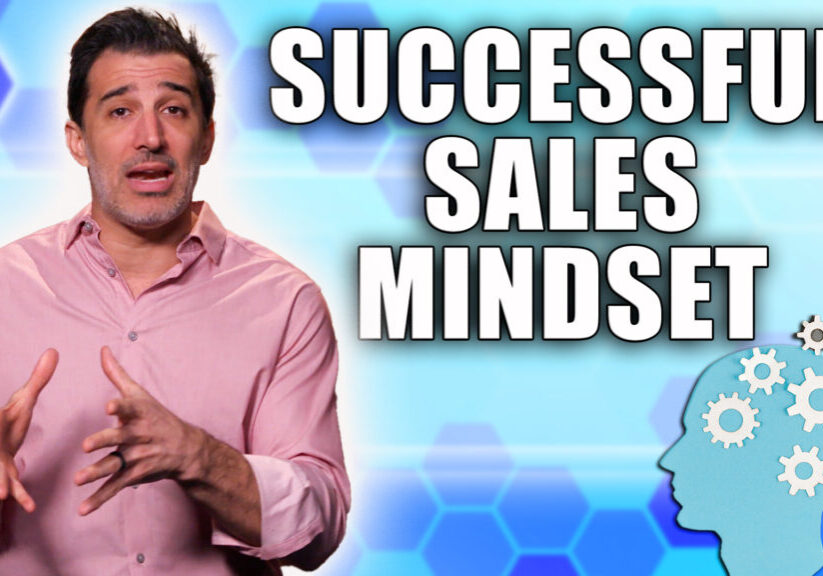
![How-to Sell to Power [C-Suite Sales Must-Knows!] How to Sell to Power [C-Suite Sales Must-Knows!]](https://salesinsightslab.com/wp-content/uploads/bb-plugin/cache/How-to-Sell-to-Power-C-Suite-Sales-Must-Knows-1024x576-landscape-7a52c541b28a7b772ad9e1010d8240be-.jpg)

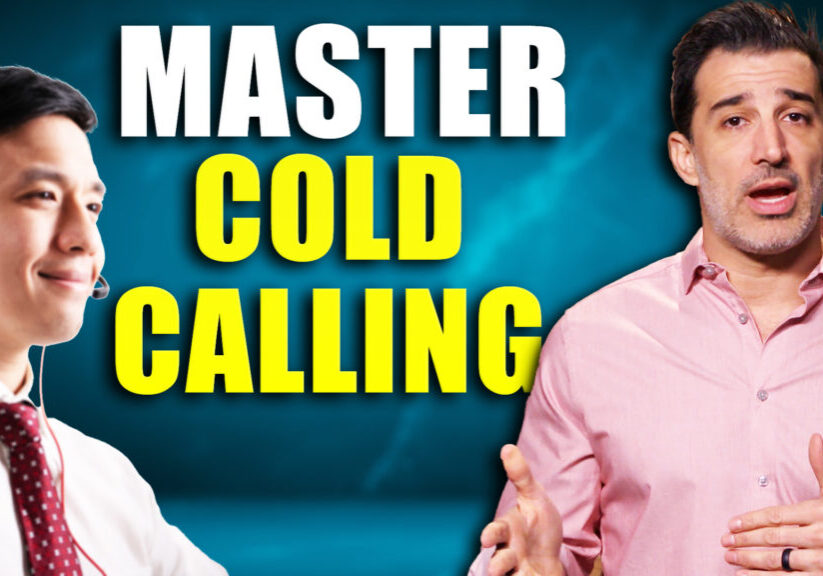
![The Absolute Best Way to Start a Sales Conversation [WITH ANY PROSPECT] The Absolute Best Way to Start a Sales Conversation [WITH ANY PROSPECT]](https://salesinsightslab.com/wp-content/uploads/bb-plugin/cache/The-Absolute-Best-Way-to-Start-a-Sales-Conversation-WITH-ANY-PROSPECT-1024x576-landscape-be9d9379ab94d9f71b5bfeed42246a84-.jpg)